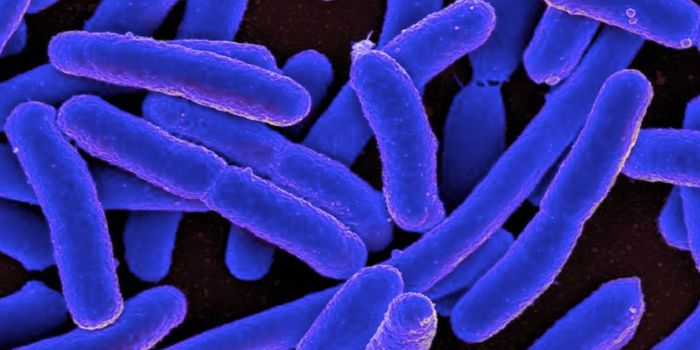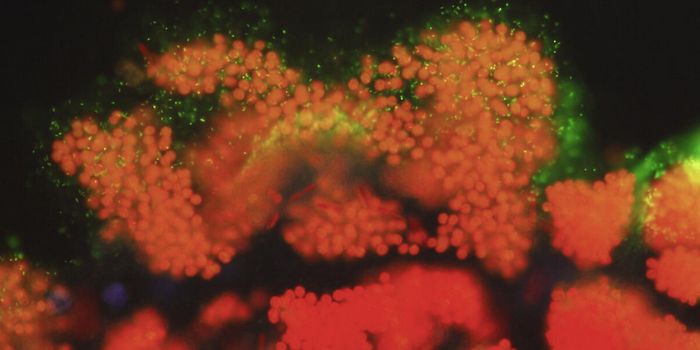Human skin has a habitat that is conducive to hosting a veritable microcosm of organisms. Fungi, bacteria and viruses are all part of the microbial communities residing on our epidermis; most of them are harmless or actually beneficial to us. A new
study is revealing more details about the microbiome of the skin, how it changes and how those changes can impact human health.
Julie Segre of the National Human Genome Research Institute and Heidi Kong of the National Cancer Institute, who are among the authors of the study, have found that fungal, bacterial and viral communities have a strong proclivity for occupying specific skin sites. These communities also function as microbial fingerprints that are distinct and unique to individuals. They further expanded the scope of this work by examining the stability of skin microbial communities over time. Skin samples were taken from twelve healthy individuals on three successive time points, ranging from one month to two years, and they then carried out metagenomic shotgun sequencing on 17 different skin sites.
Interestingly, the microbiomes of skin remained very stable over time, regardless of all the exposure and disruptions to our skin stemming from typical interactions like routine contact with other people, wearing our clothing, and interacting with the environment. Instead of acquiring microbes from the surroundings people reside in, they retained their personal microbial signatures. However, the stability of skin microbiomes did vary across both individuals and microbial strains; some showed more alterations and modifications than others.

Certain parts of the body showed a higher degree of variation in their microbial communities than others did. Oily skin sites like the auditory canal or back had the most stable microbiomes but even dry, highly exposed sites like the palm of the hand, showed incredible stability over time. However, sites with large amounts of diversity in their microbial communities were also the least stable, suggesting factors like personal hygiene or variable environments could play a role in that steadiness.
This study unfortunately only focused on a small number of healthy adults. The scope of the study can be expanded to more individuals and also to include adults with skin disorders like eczema. "Future studies can use the knowledge of the relative stability of the skin microbial communities in healthy adults to understand how various exposures or disease state may alter these skin microbes," Segre says. "For example, studies in acne patients could explore whether specific strains bloom during adolescent acne flares or change with medications such as antibiotics."
Source:
Cell,
AAAS
_e18e9bca955814706f78377ee3cb9145.jpg)









